In Russia, the Queen's jeweler of the Romanov Wang Zhaohuang room - Peter Carl Faberge (Peter Carl Faberge) name to symbolize the most prominent decorative jewelry art of this period in Eastern Europe level. Fabergé himself was once known as the greatest jeweler of the craftsmanship era. Born in St. Petersburg in 1846, Fabergé traveled to Germany, the United Kingdom, and Italy to study business and design. After returning to St. Petersburg, he began working in his father's jewelry store. At this time, Fabergé had already owned it. Rich business knowledge and extraordinary artistic vision. In 1870, only 24 years old Fabergé took over his father's jewelry business and wrote a legendary chapter dating from the royal family.
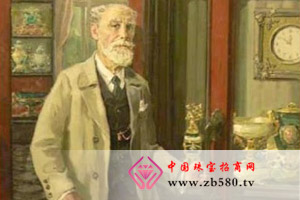
In the 1880s, Russia blew a wave of replicating classical art classics, and Fabergé and his younger brothers also invested in the work of replicating ancient gold treasures. Due to the exquisite skills, the works of Faberge Jewelry Store were quickly selected and presented to Tsar Alexander III. In the face of these indistinguishable fake gold treasure replicas, Alexander III was surprised to decide immediately. A special exhibition for Fabergé Jewelry at the East Palace Museum. In 1882, Fabergé Jewelry participated in the “Hungry Industrial Art Exhibition†held in Moscow and won the gold medal. One of the works was also favored by the emperor of the Tsar, Marie Feodorovna. At the show, she bought a whole set of gold products representing luck from Faberge. At that time, Fabergé had never expected that this set of gold products, which represented luck, turned out to be a lucky gate to glory life.
Easter Egg's "Golden Egg"

A more exciting story began in 1885. Tsar Alexander III wants to give Queen Maria a unique gift to celebrate the 20th anniversary of their marriage. I knew that the Queen’s favorite Tsar secretly summoned Fabergé and instructed him to make an Easter egg made by the Queen for a special gold jewelry. Under the concept of Alexander III, after the careful production of Fabergé, the first royal Easter egg in this history was finally presented in front of the emperor on Easter Day.
This is a 6.4-cm-long golden egg that looks ordinary, but once it is peeled off, one surprise after another. Peeling the inner white enamel shell reveals the first playful surprise: a golden pheasant bathed in golden light sits elegantly on a gold velvet cushion. In this golden chicken with a length of only 3.5 cm, there is another hidden surprise: a mini diamond empire crown and a miniature ruby ​​egg!
The noble style and luxury surprise of the egg made the Queen happy, and Alexander III, who had spent a lot of money on the red face, announced that Fabergé was a “royal jewelry supplier†and gave him a distinguished and special mission. Specially created a different style of Easter eggs. After the death of Alexander III in 1894, this tradition not only did not disappear, but was also inherited by his son Nicholas, and since then Fabergé has to customize two eggs for the royal family every year! One was given to his mother Mary Asia Pacific, and the other was given to his wife Alexandra Feodorovna.
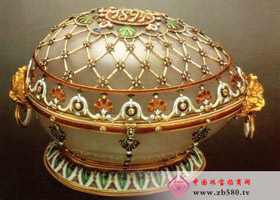
This tradition lasted for 32 years (due to positive reasons and the Russo-Japanese War, no works appeared in 1904 and 1905) until the Russian Revolution broke out in 1917. From 1885-1916, Fabergé designed 50 unique Easter eggs for the Russian tsars. Each Faberge egg is an art counterfeit, which is made by a skilled craftsman who spends a year or more and is made in a highly confidential manner. Fabergé has full freedom in conceiving and making eggs. Each egg has its own theme and story behind it, and Faberge likes to draw on the family story of the royal family or the landmark event of the Romanov dynasty. For example, the theme of the "Royal 15th Anniversary Egg" of 1911 celebrates the 15th anniversary of the coronation of Nicholas II. In 1913, the "Romanov family of three hundred years of eggs" celebrated the Romanov family for three hundred years. Although the theme of the Easter egg is changing every year, the element of surprise remains the same, the perfect miniature crown and the heart-shaped photo frame with the royal family members.
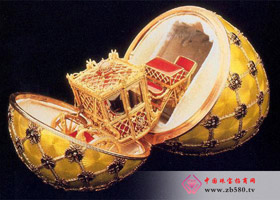
The ingenious design and luxurious materials of the Faberge egg have elevated the Russian jewellery art to the highest level of decorative art since the Renaissance. The relationship between Fabergé and the Tsar's royal family is also increasing. The members of the Tsar royal family also took the initiative to introduce the Fabergé jewelry store to relatives abroad, including the Danish monarch and the British monarch.
The scale of the Faberge Jewelry Store has also grown and has been successful in international exhibitions. In 1887, the first store was established in the model. Three years later, the second store was in Odessa, twice the size of St. Petersburg. In 1888, in the Nordic exhibition held in Copenhagen, the “unbeatable†series exhibited by the Fabergé Jewelry Store received special honors. In 1896, he won the national honor badge in the “Hungry Industrial Art Exhibitionâ€. In 1897, it was awarded the Royal Quality Certification by the Swedish and Norwegian royal families. In 1900, the stunning appearance of the Tsar's egg at the Paris World Expo made France's reputation not only spread to Europe, but also spread to every corner of the world. Even the American millionaires heard the news of the French-French. Hot jewelry store.
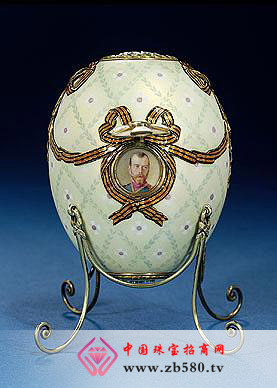
In the royal family of the world, Fabergé has become synonymous with fashion and noble, and having a Faberge egg or other jewelry still becomes a status symbol. Whenever the Tsar and the Queen visit or travel around the country, they will always carry a box full of Faberge jewellery, in order to give gifts to others at an appropriate time. Even King Edward VII of England was accustomed to sending her a Faberge jewellery on the Queen’s birthday every year. In the golden age of Fabergé, the craftsmen of the jewelry store reached more than 500 people, including goldsmiths, silversmiths, and cutters. They worked in the division and supervision of Fabergé and produced them. A piece of jewelry masterpiece.
In the search for royal eggs
The gorgeous movements also have a moment of melody. The fate of the Fabergé jewelry store was tied up with the rise and fall of the royal family of the Russian Romanov dynasty. With the outbreak of the war in 1914, Fabergé’s support rate plummeted, and Faberge jewelry stores are increasingly resources. Assigned to the war, the craftsmen began producing grenades and drugs. Due to the continuation of the war, after the national recruitment, the workers of Fabergé fell by 80%. In 1917, the regime of Nicholas II was overthrown, and the Romanov dynasty was destroyed. In order to avoid the war, the Fabergés were forced to leave Russia, and they never returned to their hometown. From Russia to Germany, to Switzerland, Faberge, who could not withstand the long-running life, took a "broken heart" and slept in Switzerland in 1920 at the age of 74.
Although the years can't keep the legend, today, the charm of Fabergé's jewellery art is still shocking the future generations. The luxurious beauty of the Faberge royal Easter egg can still make people breathe and stunned.
After the Romanov dying, 50 Faberge Easter eggs collected by the royal family were transported to the Kremlin factory for storage. Eight of them were permanently lost during this period, and other eggs were destroyed. The advantages lost the surprise inside. Between 1930 and 1933, 14 eggs were bought from Russia to the West, and now only 10 are in the Kremlin. In 1951, the legendary story of this old Russian jewelry store was continued. The jewelry store first opened in Kiev and later moved to Paris. After 50 years, it moved to Fifth Avenue in New York. The manager at that time was Alexander Schaefer. The important museum has established the Fabergé collection. At the end of 2011, its London store was able to continue its history.
Royal 15th Anniversary Egg

This is a gift from Tsar Nicholas II to the Queen in Easter in 1911. This white, opaque white opaque enamel egg is like a family commemorative photo album. The egg was divided into a grid by gold and green enamel garlands, each frame was framed by a picture, and 18 pictures were all made up of royal fine painters. These ingenious paintings are based on each family member of Tsar Nicholas II and some major events that have taken place over the past 15 years. The avatars of the Tsar and the Queen and their five children are each placed in an oval aperture surrounded by diamonds. The "1894" of the marriage of Tsar Nicholas II and Queen Alexandra and the "1911" of the 15th anniversary of the Tsar's enthronement were placed under the Queen and Tsar heads respectively. The top of the egg is a large diamond countertop with Queen Alexandra and the crown logo in the middle and a rose-cut diamond at the bottom, only 13 cm in length. The precious thing that Forbes evaluates this egg is that it is associated with the tragedy of Tsar Nicholas II and is associated with this sweet family. Their family is watching the world without worry, but they don’t know for a few years. After the encounter."
In 2004, the Russian tycoon Viktor Vekselber of not less than 90 billion dollars in price, from Forbes (Forbes) family buy back nine Faberge imperial eggs and more than 180 pieces of Faberge jewelry.
Polyester Draw Texturing Yarn Semi Dull Is the most common, is also the use of the largest polyester Texturing Yarn, made of semi-dull POY after high-speed texturing forming process. Our products adopt Germany Barmag EFK draw texturing machine production, uniform yarn denier, dyeing uniformity, good product specification is complete, can provide NIM, SIM, HIM, suitable for rapier looms, water jet loom, air jet loom, circular knitting, warp knitting machine.
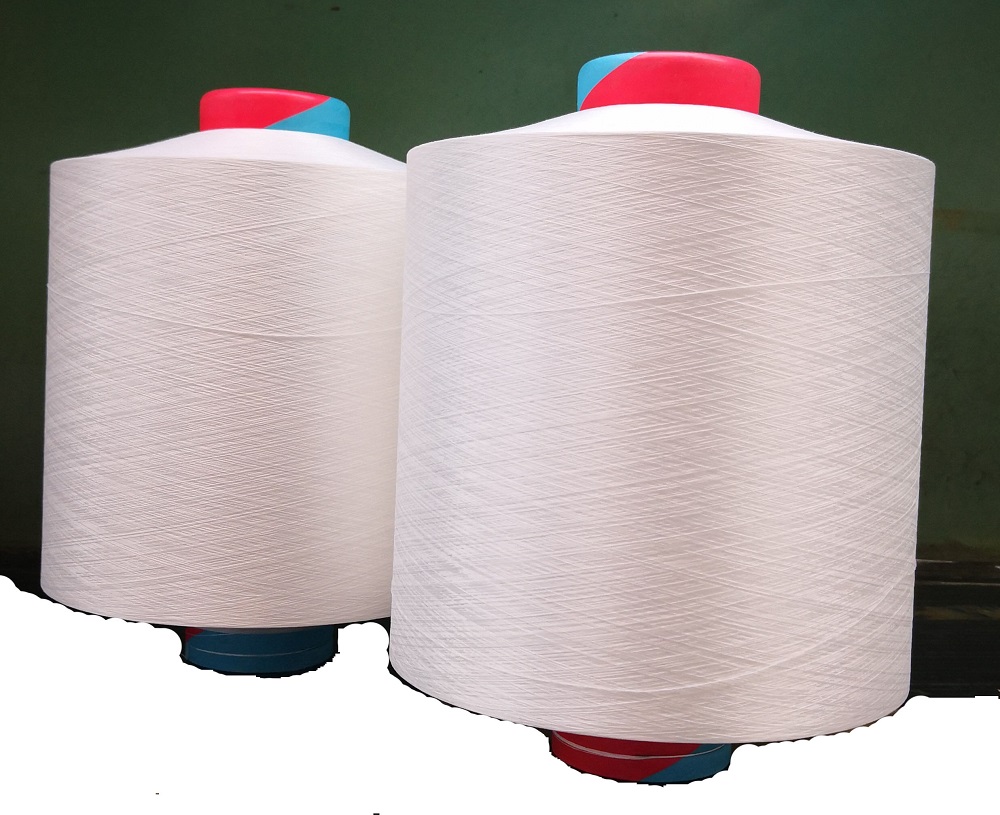
Polyester Draw Texturing Yarn Semi DulL
Draw Textured Yarn,Polyester Draw Texturing Yarn Semi Dull,Draw Texturing Yarn Semi Dull,Drawn Textured Yarn Dty
YIBIN MERRY TRADING CO. LTD. , https://www.cnmerry.com